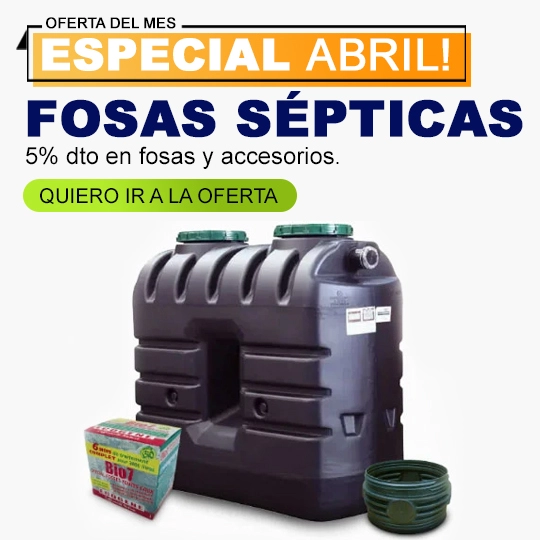Plastic filtration battery of 2 units of 3" at low pressure through a backwash system with filtered water.
Includes 24V AC control unit.
Features:
- Filter with internal crossed slotted rings made of synthetic material, installed in a telescopic format.
- Lids and bodies in polypropylene with opening by means of a quick stainless steel clamp and a hydraulic closing joint.
- Inlet/outlet manifolds in polyethylene PE100 in PN10 with ø110mm flange connection.
- Drainage collector in polyethylene PE100 in PN10 with 3" victaulic connection.
- Trifunctional suction cup for air purge.
- AISI 304 stainless steel pressure gauge from 0-6 bar.
- Three-way diaphragm hydraulic valves made of corrosion-proof polypropylene with a 3" victaulic connection.
- Recommended maximum flow: 60 m3/h.
- Filtering area: 3.040 cm2.
- Maximum working pressure 8 bar.
- Minimum backwash pressure 1 bar.
- Recommended maximum filtration volume: 30m³/h for each filter with a filtration degree of 130 microns.
- Automated backwash system by programmer commanded by differential pressure switch.
















